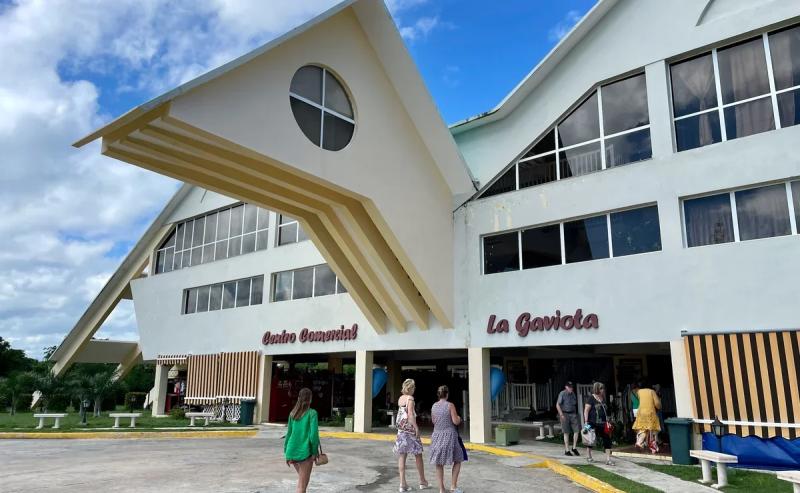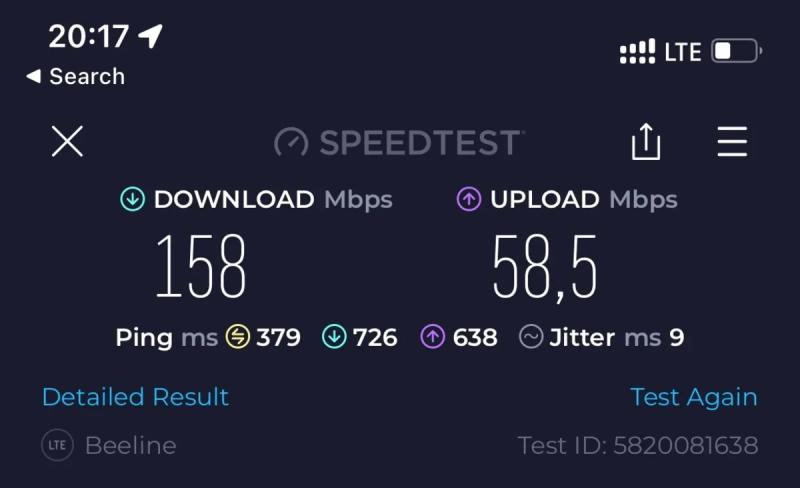
In the first part of our “instructions” on the Cuban resort of Cayo Coco, following a trip to the islands with PEGAS Touristik, we talked about what the archipelago itself is, about hotels, meals and excursions. In this part, let’s talk about “monetary” things: what to take with you on a trip, how and how to pay and what to bring with you from the resort.
Tourist myths are tenacious. There are them in relation to Cuba. We will try to dispel some of them and answer a few questions that tourists often ask.
WHAT TO TAKE WITH YOU ON A TRIP TO CAYO COCO
If you are going on vacation with a tour operator to a hotel on Cayo Coco, then you will not have to think about everyday life. You will be taken to the hotel, in hotels tourists use the all-inclusive system almost around the clock, the guide will prompt and help solve minor household issues, and health problems are covered by medical insurance already included in the package.
But it is impossible to foresee absolutely everything, so it is worth considering in advance the list of personal items that you will take with you on vacation. Cuba, as we have already said, lives under severe sanctions. Therefore, in the shops on the islands of the Jardines del Ray archipelago, you can buy relatively few things: beach shoes, shorts /t-shirts, razors, sunscreen, shampoo, etc.
Definitely worth taking with you from Russia hygiene products for women and children (and in general everything for children, including circles and inflatable toys for the pool), sunscreens, preferably with a high SPF.
Take with you regularly used medications, as well as bactericidal ointment for cuts and plasters. The hotels, of course, have a doctor and basic medicines, but something specific may have to be looked for.
Previously, tourists in Cuba could have problems charging mobile phones or other equipment with a European-style plug. Now there is no such problem: all hotels are equipped with sockets familiar to us and no adapters are needed for them.
COMMUNICATION AND INTERNET IN CUBA
Over the past few years, communication in Cuba has reached almost an international level – fast Wi-Fi appeared in hotels, and the national state cellular operator began to offer LTE mobile Internet, the speed of which sometimes reaches 150 mbit/s.

Tested the Cuban mobile Internet. Very worthy.
The purchase of a local tourist Cuban SIM card does not yet have economic feasibility. It is expensive: at least, according to our calculations, roaming from some Russian mobile operators will cost about the same and will not require additional actions.
In addition, this is a bit of a non–trivial task – the local “SIM card” must first be ordered via the Internet, and then picked up at the airport upon arrival, and officially there is no Cayo Coco airport in the lists yet.
The cheapest for Cuba is Beeline, which offers 1 GB per day for 450 rubles. You can connect one of the roaming packages, for example, 5 GB for 3000 rubles or 15 GB for 5800 rubles for 30 days. If necessary, the traffic in this subscription can be purchased for 450 rubles/1 GB.
Communication from MTS in Cuba costs 490 rubles. per day for 500 MB or a package for 10 days for 4000 rubles. 500 MB per day. Megafon services will cost 659 rubles per day for 500 MB.
When using Russian operators in roaming, all traffic goes through Russia, so all banks and government services will work “like at home”, and banned social networks, respectively, will not.
In all the hotels that we managed to see on the islands of Cayo Paredon and Cayo Cruz, free Wi-Fi gave a speed of 10-15 Mbit/s and worked not only in the lobby, but also in the rooms, around all cafes and facilities on the territory, next to the pool and often even on the beach. For Cuba, this is unexpectedly good.
But at Cayo Coco Airport, free Internet is provided only after passing through passport control and only for 30 minutes.
Before the trip, iPhone owners should install the VPN application in advance – without it, they will not be able to download or update applications in the AppStore, if they suddenly need it.
HOW TO PAY IN CUBA
With money in Cuba, it is interesting and unusual. Until January 2021, Cuba had two currencies – the Cuban national peso CUP and the Cuban convertible peso CUC, known as “cookies”. Tourists could exchange dollars and euros only for “cookies” and it was possible to pay in official stores only with them. However, in January 2021, on the day also known as “day zero”, both currencies were merged into one – the Cuban peso, CUP.
The nominal state exchange rate is 1 USD = 24 CUP, but… it’s not that simple. For the exchange operations of individuals with cash currency, the state has fixed a much higher rate: 1 USD = 120 CUP, but you can only change it in one direction – it is almost impossible to buy dollars on the island. This led to the emergence of a black market, where the exchange rate is twice as high as the inflated “private”.

Exchange office on Cayo Coco. Photo: Alexander Andreev, for ATOR
But you shouldn’t worry. If you are going to Cuba to an all-inclusive hotel (and this is most of the hotels in the Cayo Coco resort), then you will not need any Cuban pesos at all. For payment everywhere, including government stores and duty-free, strictly US dollars are used.
Of course, in local stores and gas stations, most local goods can be bought for pesos – and at a price much lower than the dollar. That’s just to the nearest such store, as well as to the nearest ATM, from the island of Cayo Coco more than 100 kilometers.
Until March 2023, Cuba banned the official acceptance of US dollars and exchange offices accepted only euros. Now the ban has been lifted and it is necessary to take cash dollars with you. But it is not worth taking euros to Cuba in principle: it is unprofitable. The dollar to euro exchange rate is 1:1 everywhere, since local residents do not need the euro currency at all.
Let’s just say that in some stores it will not be possible to pay in cash with dollars – you will first need to buy a special prepaid card at the state exchange office, denominated in the new, digital currency of Cuba – MLP, also strictly tied to the dollar.

Instructions for Cuban prepaid cards. Photo: Alexander Andreev, for ATOR
Such cards come in several denominations – 200, 500 or 1000 dollars. For example, you can buy such a card at an official exchange office. There is one only in the shopping center on the island of Cayo Coco and the second one is right at the Woovo Playa Hermosa Cayo Paredon Resort 5*.
$5 will be deducted from the balance for issuing the card itself. In theory, the unused balance can be received back at the airport upon departure from the country.
You can withdraw money from such a card only at an ATM and only in Cuban pesos, and the nearest ATM on Cayo Coco can be hundreds of kilometers away. So if you don’t plan to spend a lot of time outside the hotel, it’s easier not to buy such a card, but to use the help of a guide who will pay for you in the store with his card without any problems and then take cash dollars from you.
In state-owned stores and Duty Free, you can pay for goods, including with foreign cards (except for cards of the Russian Federation and the USA). At the moment, only Visa and Mastercard are working, but there is talk that they will soon accept the Mir card.
Payment in this case also takes place in US dollars, that is, exactly as much as indicated on the price tag will be withdrawn from the card. The only problem is that sometimes foreign cards do not work in the right store. So the best way for Cuba is to stock up on cash dollars.
Moreover, you will still need a certain amount of cash for tips.
In Cuba, it is not only customary to tip, it is vital for the staff. Official salaries in Cuba, even in “expensive” hotels, are microscopic even by local standards, and, in fact, almost all employees (well, with the exception of senior managers) live off tips.

Regardless of whether you tip or not, in Cuba, hotel staff and animators try to treat you like a native. Photo: Alexander Andreev, for ATOR
But! Unlike Turkey and Egypt, no one asks for tips in hotels. And he doesn’t even hint at them. Regardless of whether you give them or not, employees try to treat you like a native. But here is another


